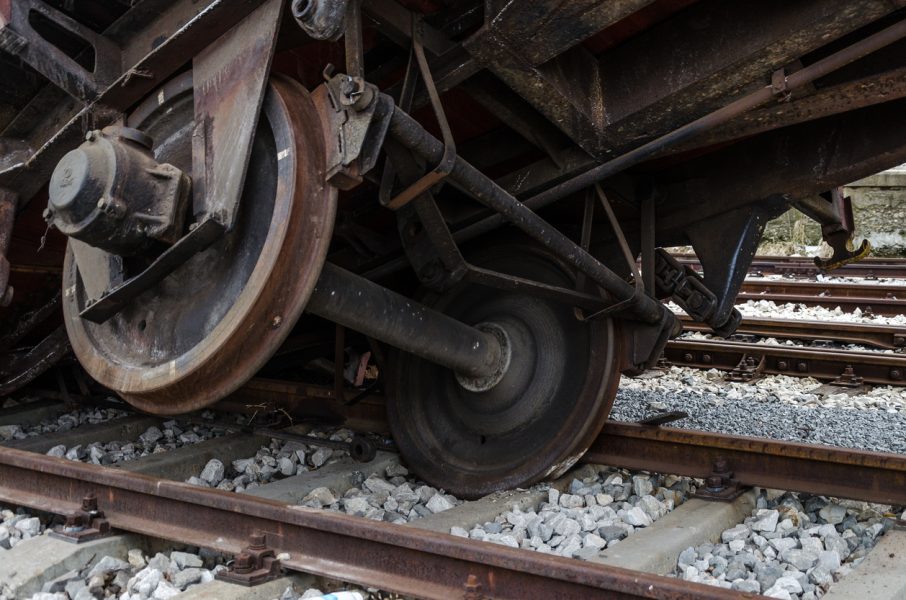
Could better budgetary muscle, Kavach implementation have averted train tragedy?

The Automatic Train Protection System, or Kavach — developed by the Indian Railways to prevent accidents due to driver error or other factors — was not available on the tracks in Balasore. This, perhaps, had a hand in the collision of three trains on the evening of June 2, 2023, killing over 260 and injuring over 900 passengers.
“The Kavach system was not available on this route,” Amitabh Sharma, Indian Railways spokesperson, told the media.
That apart, funding for rail safety was not fully used for that purpose over the years, reveals a glance at the budget figures. While a probe report is yet to be published on the horrific rail tragedy, what is apparent is that better use of technology, with budgetary support, may have averted the loss of lives.
Budget for safety measures
The Railway Ministry was allocated Rs 2,40,000 crore as Gross Budget Support (GBS) for capital expenditure in the FY24 Union Budget. This comprised Rs 1,85,000 crore under capital, Rs 45,000 crore under the Railway Safety Fund and Rs 10,000 crore as contribution towards Rashtriya Rail Sanraksha Kosh.
Going by past instances, funds allocated for safety in the Railways have not always been appropriately utilised. A report by the Comptroller and Auditor General (CAG) pointed to the fact that the Central government announced a special Railway Safety fund named Rashtriya Rail SanrakshaKosh (RRSK) in FY18, with a corpus of Rs 1 lakh-crore for a period of 5 years (i.e. 2017-2022) for critical safety-related works.
The Railways was supposed to spend Rs 1 lakh crore at the rate of Rs 20,000 crore per year for five years (from 2017-18 to 2022-23). Of this, Rs 15,000 crore was to be raised by the Central government every year, and the remaining Rs 5,000 crore by the Railways. The CAG said that the Railways failed to deposit Rs 5,000 crore each year in the fund during the entire period — from 2017-18 to 2020-21.
Kavach history
Meanwhile, the history of rail safety tech Kavach goes back a long way. Mamata Banerjee, who was the Railway Minister in 2011, in her budget, presented the Anti-Collision Device (ACD), a technology invented by B Rajaram, the former managing director of Konkan Railway. The technology was to be implemented across eight railway zones of the country to improve passenger safety, after the completion of successful trials.
Also read | Triple train crash in Odisha: What is Kavach system and was it installed?
The system consisted of a set of electronic devices and radio frequency identification devices (RFID) installed in locomotives, tracks, railway signalling systems and at stations. The technology, operating on 4G internet along the tracks, was meant to alert a loco driver to brake when it spotted another train on the same track to avert to ‘jump a signal’ (Signal Passed at Danger – SPAD), which is the leading cause of train collisions in India.
Relaunch, implementation
On 23 March 2022, the Ministry of Railways relaunched the safety system after renaming it Automatic Train Protection (ATP) System, popularly called Kavach. It was then announced that the ATP was developed with the collaboration of three Indian vendors chosen by the Research Designs and Standards Organisation (RDSO). A trial of the anti-collision system was conducted on the Lingampally-Vikarabad-Wadi and Vikarabad-Bidar sections of South Central Railway, covering a distance of 250 km.
Following trials, the Railway Ministry had announced that the safety system would be first introduced for high-speed trains that run up to 160 kmph on the high density routes of New Delhi-Mumbai and New Delhi-Howrah sections with a target to complete by March 2024.
The second priority would be to implement the Kavach system on trains running on heavily used networks with automatic block signalling and centralised traffic control. In the third phase, Kavach would be used on other passenger high density routes with automatic block signalling.
However, per Railway Ministry data, out of the total route length of 67,956 km and running track length of 99,235 km, Kavach has currently been implemented on just 1,455 km of the routes of South-Central Railways.

